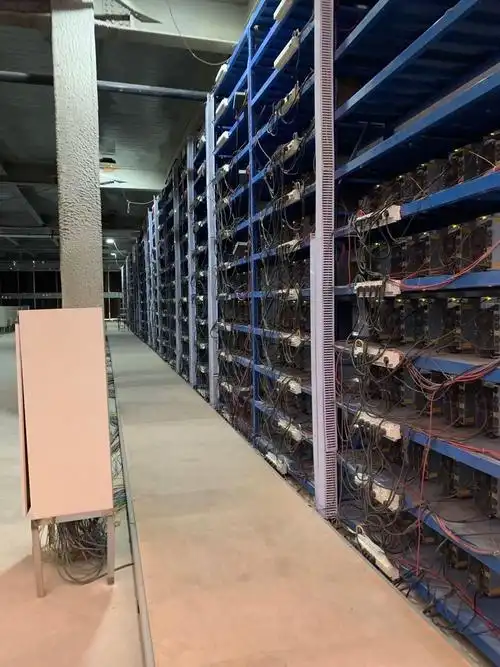In the cryptocurrency realm, Bitcoin stands as a towering giant, a pioneering digital asset that commands attention with its fluctuating values and undeniable potential for profit. However, the foundation upon which this innovation flourishes rests not just on the caprices of market demand but profoundly on the hardware that enables its very existence—specifically, mining machines. As the backbone of Bitcoin’s decentralized network, the efficiency of these machines plays a pivotal role in defining the ecology of cryptocurrency mining.

Mining machines, also known as miners, are specialized devices designed to perform the rigorous computations necessary for validating and securing transactions on the blockchain. The competition to mine Bitcoin is not just an exercise in technical ability; it’s a battle of hardware efficiency and power consumption. As the Bitcoin mining difficulty increases—due to more miners joining the network and the introduction of new technological advancements—so does the demand for efficient mining rigs. Investors need to evaluate various miners not just on their price but significantly on their hashing power and energy efficiency.
For instance, the latest models of ASIC (Application-Specific Integrated Circuit) miners have revolutionized the landscape. Unlike their predecessors, these machines are designed explicitly for mining with unparalleled efficiency and specific focus on maximizing hash rates while minimizing the cost of electricity. This efficiency is crucial since energy costs can make up to 80% of a mining operation’s total expenses.

When assessing the efficiency of Bitcoin mining hardware, metrics such as hash rate (measured in TH/s – terahashes per second) and power consumption (measured in watts) are essential. The best miners currently available offer an optimal balance between high hash rates and low power consumption. As the market progresses, innovation within blockchain technology continues to pursue sustainability; hardware manufacturers are developing machines that can mine with renewable energy sources, adding a green dimension to the sector.
As cryptocurrencies diversify, the increasing popularity of altcoins like Ethereum (ETH) and Dogecoin (DOG) introduces further layers of complexity and opportunity within the mining ecosystem. Each of these currencies may require distinct hardware optimizations. Ethereum, for example, has historically favored GPUs for mining rather than ASICs, emphasizing the importance of multi-functional mining setups capable of adapting to various digital coins.
The mining farm concept has also evolved in tandem with these changes. These collective setups allow miners to pool their resources, focusing on optimizing their operations for maximum output. Hosting solutions for mining machines have become increasingly popular, as they enable users to rent space and necessary utilities without the headache of managing physical hardware themselves. By entrusting hosting services, miners can access top-tier infrastructure and the latest technology, elevating their potential for profit.

Exchanges play a pivotal role in the lifecycle of mined cryptocurrencies. Once miners successfully acquire Bitcoin or other altcoins, they need a marketplace—an exchange—through which they can liquidate their digital assets for fiat currency or reinvest into more mining hardware. Selecting a reputable exchange becomes crucial, especially with the rapid shifts in the cryptocurrency market, which can influence miners’ decisions to hold, sell, or buy equipment.
Understanding these multifaceted aspects of Bitcoin mining equipment is vital for any prospective miner or investor. The landscape remains incredibly dynamic, with new technological advancements arising almost daily. Whether it’s the rise in renewable energy mining, the efficiency of ASIC miners, or the strategic advantages of mining farms and hosting services, each element interlinks to shape the broader narrative of cryptocurrency.
As we venture deeper into the future of crypto, one thing remains abundantly clear: efficiency in mining hardware is not just a feature—it’s a necessity. For miners looking to capitalize on their investments and navigate the labyrinthine market of cryptocurrencies, a comprehensive understanding and evaluation of mining technologies will be the key to success in the exhilarating world of Bitcoin and beyond.
One Comment
This comprehensive assessment of Bitcoin mining hardware delves into the intricacies of efficiency, comparing various models and technologies. It offers a nuanced understanding of power consumption, hashing performance, and long-term viability, making it essential for both novice miners and seasoned investors. Insightful and thought-provoking, it unravels the complexities of this ever-evolving industry.